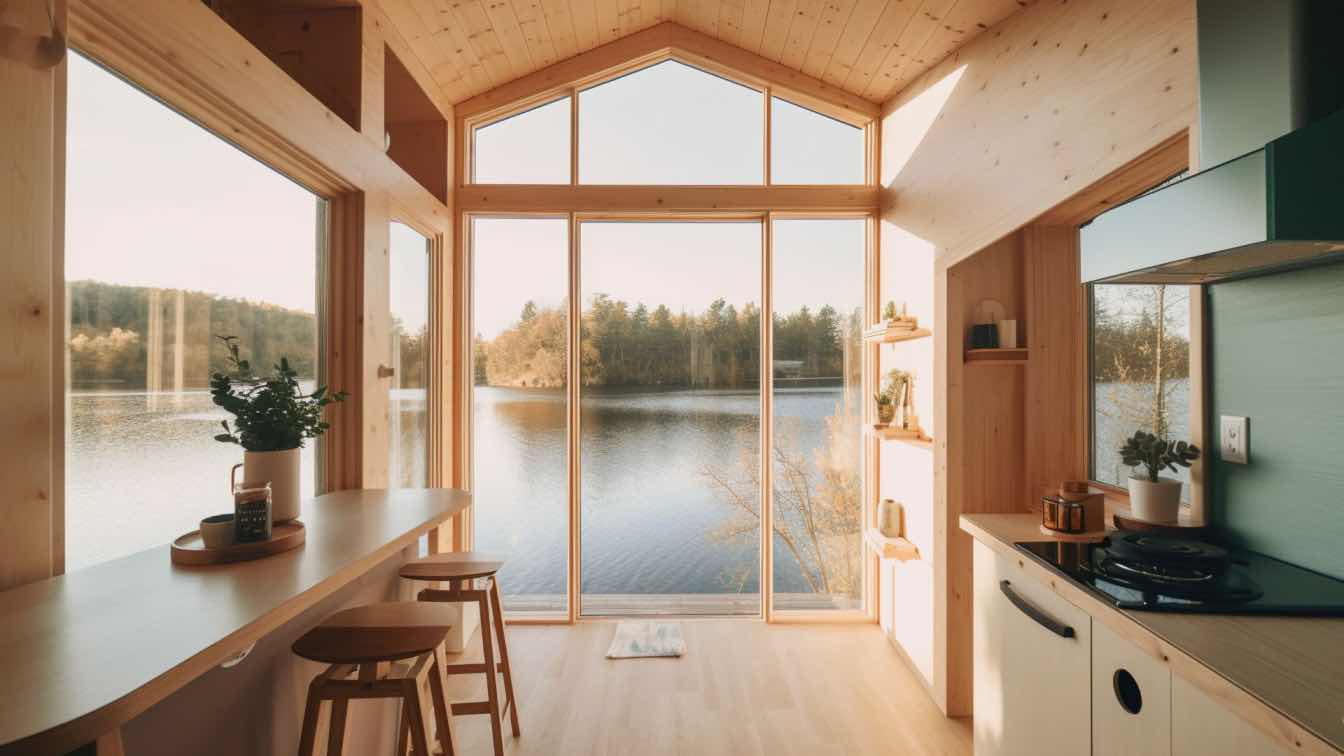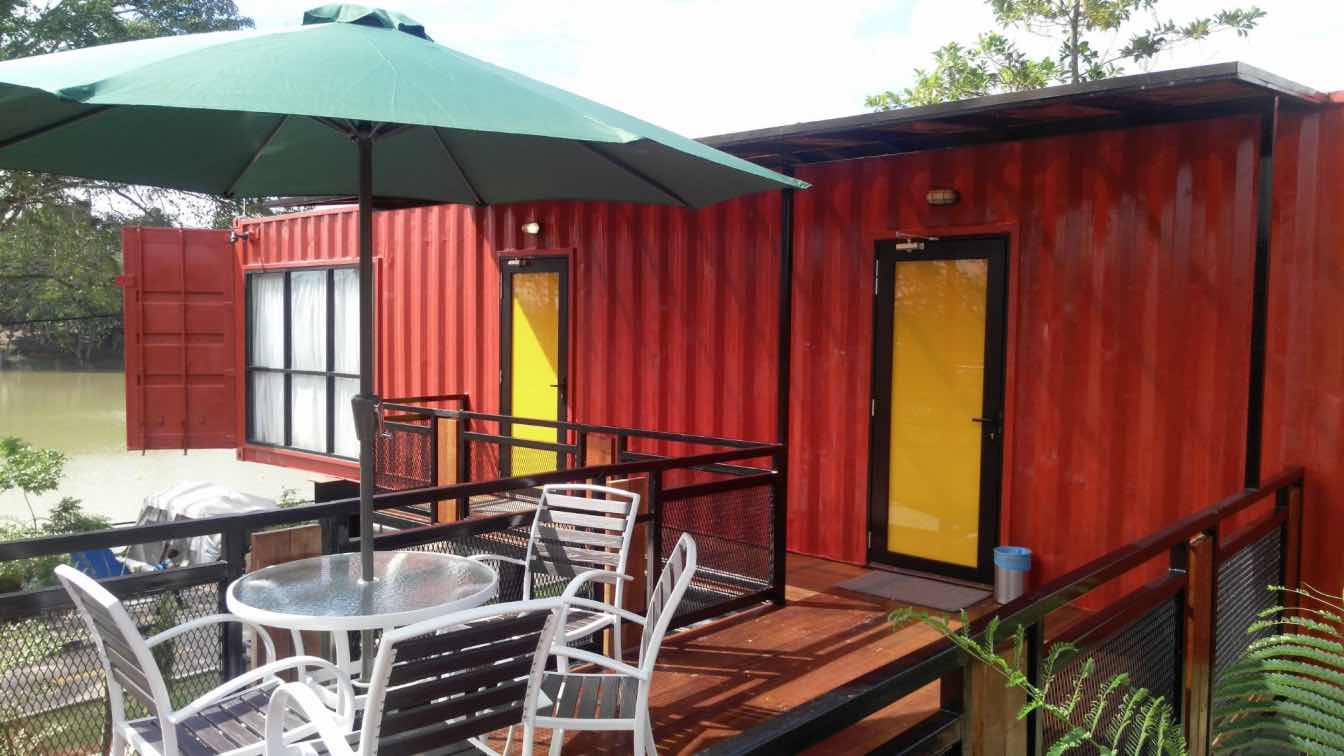Transforming your living space into a modern sanctuary calls for innovative ideas using contemporary materials. Stainless steel has emerged as a leading choice among homeowners and designers, offering numerous benefits and a chic aesthetic.
In this piece, we'll delve into the advantages of stainless steel interiors and explore the 6 best practices to ensure your design remains timeless and functional in 2023 and beyond.
Perks of Stainless Steel Interiors
Lately, stainless steel has been gaining popularity for its applications in interior design. One major benefit of using this material is its durability. Stainless steel surfaces don't wear out easily, making them ideal for high-traffic areas.
Moreover, stainless steel provides a modern and sleek appearance. This aesthetic can easily blend with various design styles, from industrial to minimalist. It's no wonder that many homeowners are choosing it for accent pieces or even entire rooms.
Another advantage of stainless steel is its low maintenance requirements. Being resistant to corrosion, it doesn't require special care and cleaning is hassle-free. This feature makes stainless steel ideal for busy households or commercial spaces.
In essence, the increasing trend of stainless steel interiors offers durability, an attractive appearance, and convenience in maintenance. Embracing this material can elevate your space and contribute to a timeless stainless steel home design that lasts for years to come.
Best Practices for Stainless Steel Interiors In 2023
As stainless steel continues to rise in popularity as a versatile and durable interior design material, it's essential to follow certain guidelines to maximize its potential. Paying careful attention to these 5 best practices for stainless steel interiors in 2023 will help you create an impressive and long-lasting space that truly shines.
1. Source High-Quality Materials
To make the most of your stainless steel interiors, it's crucial to obtain superior materials from reputable sources. Research and visit the best local steel supply store or contact online suppliers to ensure that you're investing in high-quality products with proven durability and performance.
2. Combine With Complementary Materials
To ensure a balanced and visually appealing design, mix stainless steel with other materials like wood, glass, or stone. This combination offers visual contrast and helps avoid an overly monotonous interior.
3. Prioritize Functional Spaces
Implementing stainless steel in areas like kitchens or bathrooms is a smart choice due to its resistance to moisture and heat. By doing this, you can benefit from both its aesthetic properties and durability in high-usage areas.
4. Enhance Aesthetics with Different Finishes and Textures
Experimenting with different finishes and textures can greatly impact your stainless steel interior's overall appearance. With popular options like brushed, polished, satin, or patterned finishes available, you can tailor your stainless steel surfaces to create the desired aesthetic.
For instance, a sleek and modern look can be achieved with polished finishes, while a more industrial appeal might gravitate toward brushed or patterned textures. Matching the finish with your design objectives ensures a cohesive and visually appealing result in any room or setting.
5. Use Appropriate Cleaning Methods
It is best to avoid using abrasive cleaners on your stainless steel surfaces to prevent scratches and maintain their shine. Instead, opt for gentle cleaning solutions specifically designed for stainless steel, followed by a soft cloth.
6. Opt For Eco-Friendly and Sustainable Options
With a growing emphasis on environmental consciousness, consider selecting stainless steel products made from recycled materials or sourced through sustainable methods. This choice not only benefits your design but also contributes to global efforts in reducing environmental impact and promoting responsible manufacturing practices.
As you embark on your journey to embrace the stylish and durable nature of stainless steel in your interiors, remember to keep these best practices in mind. By considering factors like material sourcing, complementary elements, finish choices, and sustainability, you can create a sophisticated space that's both functional and visually stunning.





